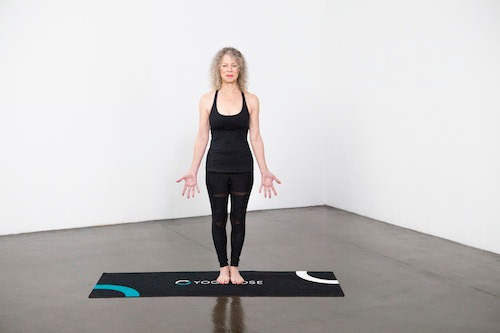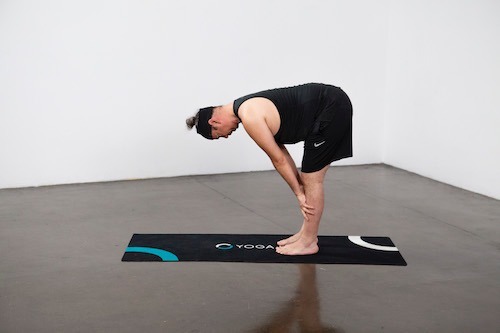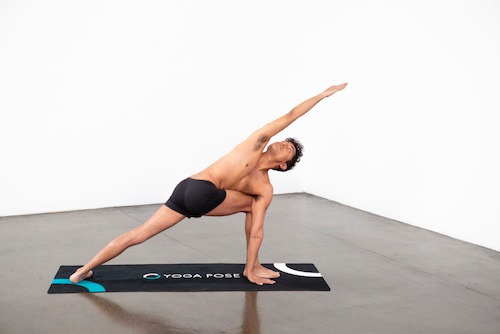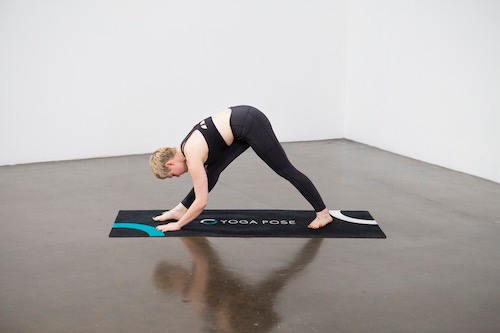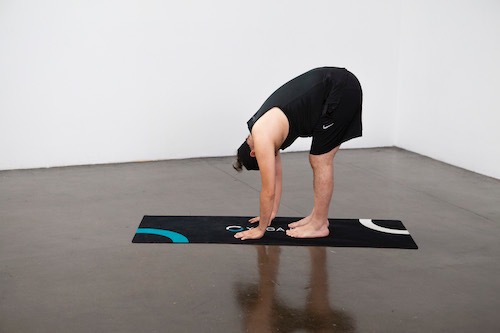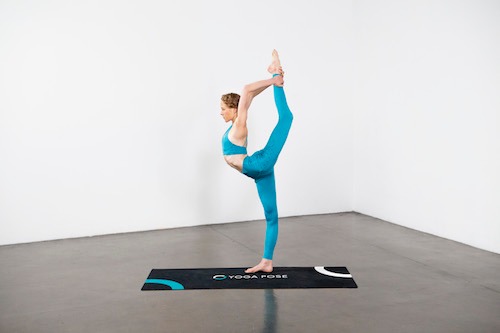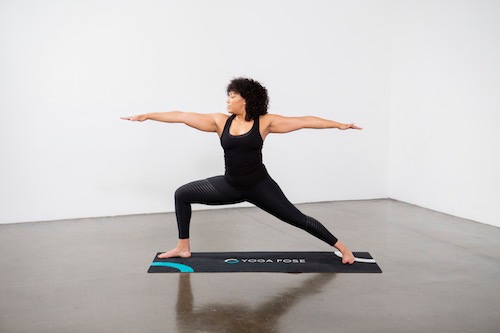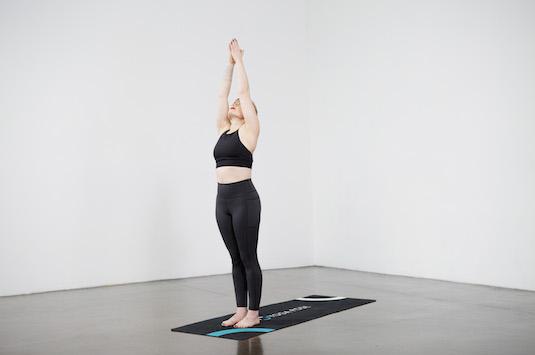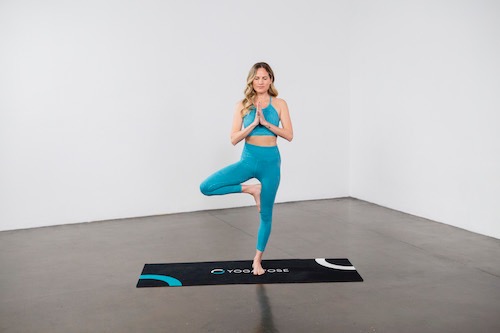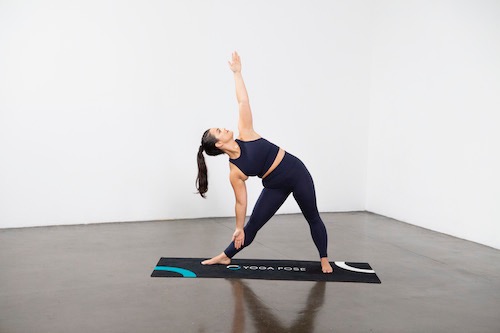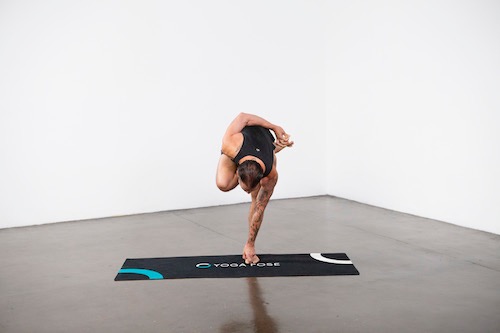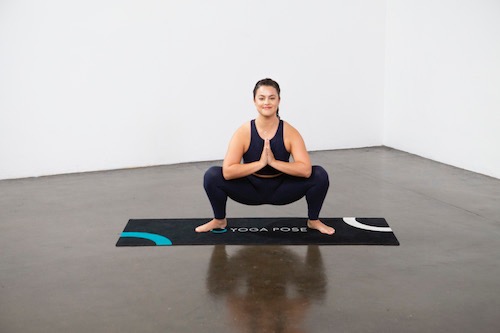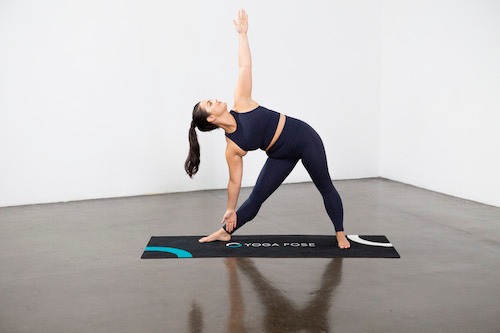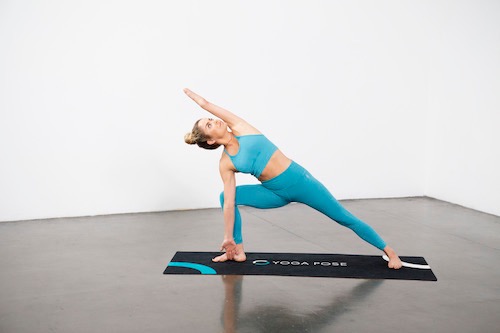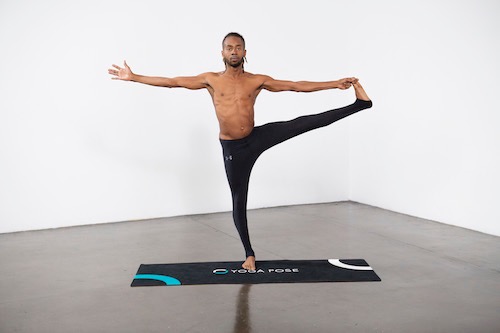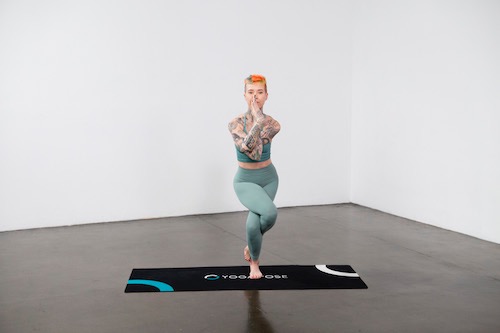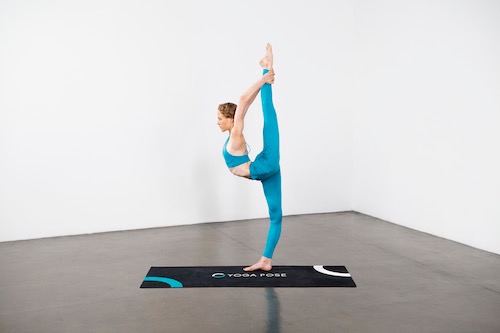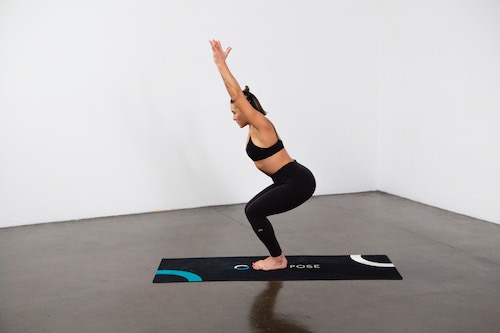Yoga poses for ...
Standing Yoga Poses
Standing Yoga Poses
Standing balancing maneuvers are hard to master. To accomplish this set of exercises, you'll need leg strength, upper body flexibility, and the ability to balance one leg. While keeping your lifted leg above the floor for the length of the practice, move smoothly from pose to pose.
Standing yoga poses are regarded to be the best for balance and posture correction, in addition to other pose-specific anatomical and therapeutic benefits. Standing yoga poses such as Mountain Pose, Standing Half Forward Bend, Revolved Side Angle Pose, Intense Side Stretch Pose, and Triangle Pose improve full-body blood circulation, particularly in the head and legs. It reduces the risk of conditions such as deep vein thrombosis, cervical pain, asthma, hyper-extended knee, Runner's knee, and heart-related issues such as heart attack and cardiac arrest. It's a good indicator that you're growing muscle if your standing leg starts to shake. To keep your equilibrium, take your time and breathe deeply. Engage your core for enhanced stability and to get the most out of your training. To improve your balance and lessen the chance of falling, lean against a wall or hold a firm chair at first. Don't place yourself in a situation where you're overworked. Hold the stance until your muscles feel moderately stretched or strained. It is not considered 'bad yoga' to bend the knees at first. The ideal position is one that you can hold for a long time. Wear an elastic yoga sock to avoid tightness in the arch of your feet. Standing poses strengthen and expand all group muscles in the legs, particularly the thighs, hamstrings, glutes, calves, and ankles. Standing postures provide 'grounding,' or the ability to connect deeply to the earth and create stability in one's life. This includes both basic needs like food, drink, shelter, and safety, as well as more complex emotional needs such as fear release. When these requirements are met, you feel anchored and safe, and you worry less.
Taking a pause and stretching your entire body doesn't have to be difficult. Begin where you are, pay attention to your body, and give your mind the rest it requires. Make the short, no-props standing yoga poses listed above a part of your everyday routine.
